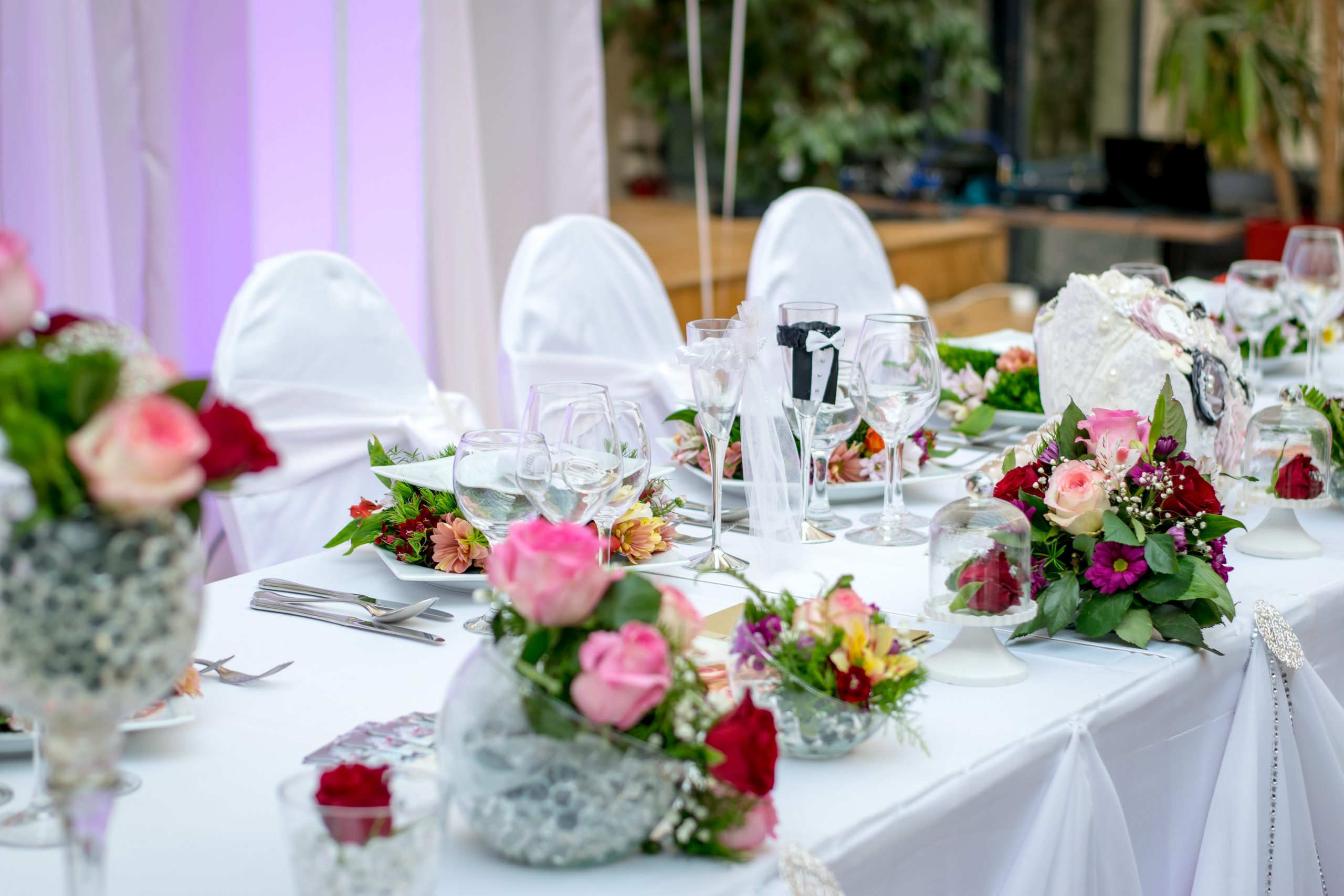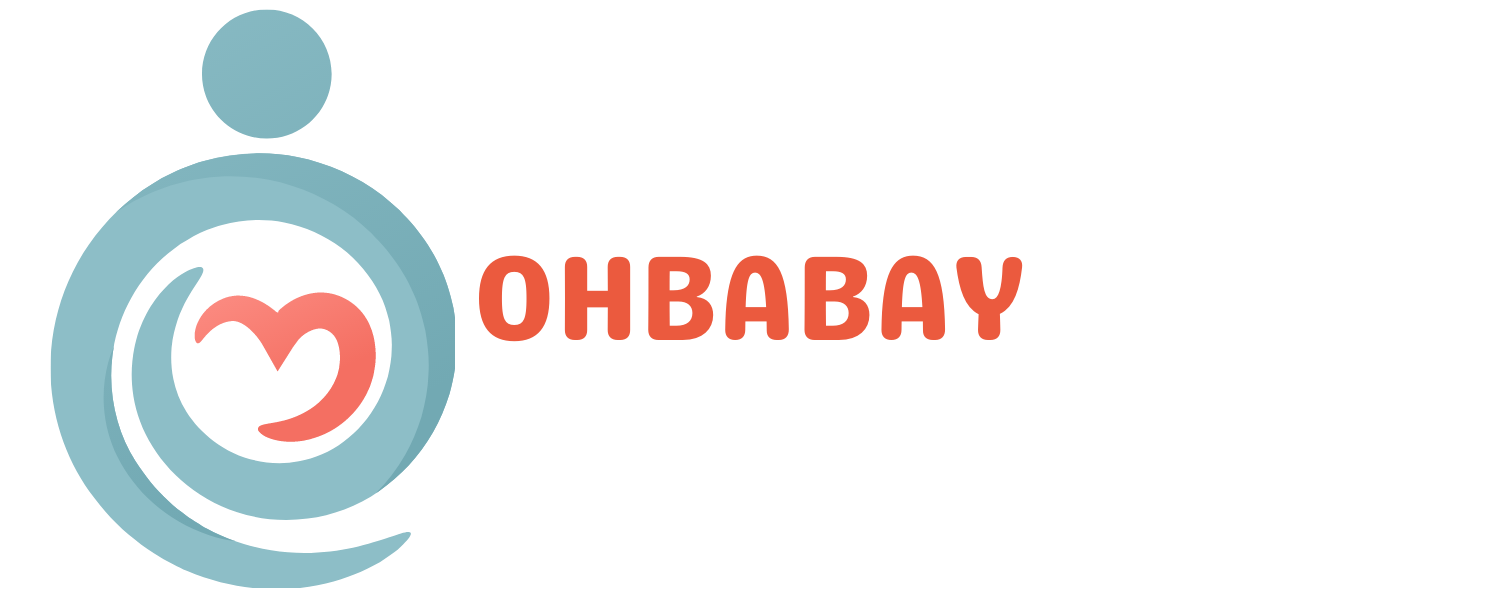Event planning can be daunting, whether you are organizing a small meeting or a large conference. No matter how small or large the event is, it requires careful planning and organization. To make the event as stress-free and efficient as possible, you need to plan everything from a budget to how to promote it.
Although no event is the same, each event has its own goals, budgets, and audiences. There are steps you can take that will help you jump-start your planning, stay on track and maximize the success of your event.
Defining goals and objectives
Before jumping right into the logistics like venue or speakers, you should spend time identifying the purpose and reason for planning this event. You should answer this question:
What is the ultimate goal of this event?
This is the reason that motivated you to organize an event. You are looking for:
Increase sales Sponsor a product launch To increase brand awareness Maybe you have multiple goals. Find out what you want to achieve and how the event can help you get there.
 Next, what are your objectives?
Next, what are your objectives?
When planning an event, it is important to identify the objectives that will help you achieve your ultimate goal. Here are some examples of event objectives.
- Register 10% more than the previous event
- Revenues will increase by 25% compared to the previous event
- Preorder 100 products for the upcoming year
- During the event, increase social media mentions/follows/reposts
- Once you have established your goals and objectives, you can begin to create the preliminary scope for the event. The scope should contain key information and show how you will reach your goals. Although not a set of rules, it is important to outline the details for any preliminary events.
Dates The event’s time frame, i.e. In 9 months.
- Participants. Is it a 100-person event or a 1000 person event? Or a 10,000-person event? It is important to consider the size of your event. Is this an event that is local or are they from all over the country? As you plan, it is important to consider the demographics of your attendees.
- LocalizationAre you planning to hold your event in your own area? Will it be held in a foreign city? You can start to narrow down the cities and venues that are most suitable for your event.
- Type of event you want to increase awareness about a new product? An event with a keynote speaker may be a good idea. Are you looking to bring together thousands of customers? You might be a good candidate for a two-day user conference. Are you hosting an association or internal meeting? You might consider a day of small sessions.
- Your goals and the preliminary scope of your project will help you frame your event and gain support from your leadership. Your goals and scope will help you move on to the next stage of planning if your organization is already committed.
Establish a budget for the event
Creating a budget is an essential early step in event planning that helps to clarify other aspects of your plan. Additionally, establishing a budget helps to avoid unwanted surprises (like running out of money for decor, etc.). You will be more successful if you map out your entire budget in advance, continue to update as you finalize variables, and stay very close to the process.
Your high-level budget and your initial scope of requirements should be considered. To get a better understanding of your budget’s distribution across your needs, you should start to map out the costs for each line item.
Eventbrite says that “Budget is broken up by marketing and promotion (43%), speakers, talent (32%), printed material (29%), and venues (18%).”
You’ll need to review your budget as you plan. While line items are bound to change, it is important that you keep a budget that accurately reflects any updates or changes. Planners are often able to adjust your budget to avoid exceeding your budget.
For small events, you may personally be handling many or all of the tasks discussed in this section. However, for large events, it takes an organized team to execute the production.
To ensure accountability, it is important to assign roles when you start building a team. Each member of the team should report to a project manager, who will have visibility into all the details.
The ultimate event team
Eventbrite reports that only 12% have events with teams of 10 or more people. The most common number of employees is 2 to 5 (45%). This means that individuals often wear multiple hats. Here’s how roles are usually distributed if you’re one of the few who have more than five team members.
Project Manager
This person oversees all the moving parts and is ultimately responsible to execute the event. Responsible for managing the budget. Directs strategy. Responsible for making high-level purchasing decisions.
Show floor/venue
This person acts as the main contact for vendors, sponsors, volunteers, staff, food/beverage, security, and photography. They know the names of everyone and where they can be found.
Scheduling
This person coordinates agenda development and works with speakers. He also ensures that the schedule is accurate and communicated to all parties. He coordinates the meetings and lives to help attendees become successful networkers.
 Design creativity
Design creativity
All visual design elements for printed and online materials, including registration forms, signage, and collateral, are created by creative designers. They make you look great. A professional event designer might be a good choice.
Marketing and Communications
This person or group makes sure that the right people are aware of the events company Manchester. They also create offers and timing strategies to increase registration. They are also great at measuring performance.
This team ensures that guests have all the information they need to make the most of the event. They develop and update the mobile event application.
Register and check-in
They manage registration, collaborate with a software provider to produce and manage badges and generate reports.
Sponsorships
This team member maps out booth spaces sells sponsorship opportunities, maintains relationships with sponsors, and explores community organization relationships. They are a great team member with amazing timing and excellent people skills.
Keep your team organized
Once you have a team, you can start to plan your event. Project plans are more than a list of tasks. A project plan is a detailed description of each action item, including owners, dependencies and due dates. It also identifies completion status. Each action item should be justified by mapping it to your top event goals.
Event management tools
Project management tools simplify event management and organization. These tools can help you keep track of all the moving parts. These tools allow project managers to monitor and assign projects and keep track of their progress.
- Asana
- Trello
- Smartsheet
Choose your venue and choose a date
Choosing your venue and date for your event are two major considerations that will shape the rest of your project plan. Start researching venues as early as possible. The event marketplace is crowded, so finding a time when there will be venue availability is important. When deciding on a venue, you’ll also have to consider dates for your location based on seasonal factors like travel and costs.
Romy, an events industry veteran and PRIME, a Vancouver-based full-service event agency, says that it is difficult to find large spaces in January. “January and February are very busy with sales conferences. It happens again in September or October.” Romy says it is difficult to find traditional venues with sufficient show floor space during these times.
Ask as many questions as you can about the venues and their representatives as you go. Consider the following: budget, theme fit, location (is this centrally located, easily accessible by public transportation? Facilities, staff. Is there a bathroom located in the venue? Is there emergency response and fire control?
From the event name and theme to the event website design and on-site look and feel – your event’s branding sets the tone for your event. When people think of your event, you want a strong personality to shine. Additionally, a strong event brand provides a vision and helps to steer the direction of your event.
Consider that your event branding should not only reflect your organization’s brand but also have its own brand. Also, consider how your brand will appear online and in real life. Finally, think about how your brand will be integrated into each element of your event.
Event branding typically involves:
- Name of the event your event’s name, the first step is crucial. It’s the first thing that attendees see.
- Theme. One name can’t tell the entire story. Many events create a theme that ties the event together.
- Logo, colors, and typography marketing touchpoints should be consistent.
- Email, signage, and decor on-site. Each touchpoint does not need to be branded. Each element should be able to tell the same story.
- These branding elements should be used across all platforms, including your event website, email, tickets, registration, and event app.
Plan your program
Set your agenda as early as possible! Is there a keynote speaker? Will there be an extra day or evening planned just for your sponsors? Will there be a single “track” of workshops and talks, or will attendees have the choice to choose between multiple sessions at a given time? As you answer these preliminary questions, you can begin to build a high-level view of your event program.
You don’t have to finalize the schedule before you begin promoting the event. After you’ve started to promote your event, registrations start to grow and you can make any changes to the schedule. It is easy to update the schedule quickly on your website or mobile app using technology.
It is important to have a basic outline in place so that attendees know what to expect. Sponsors will also find the schedule to be a valuable selling point.
Additional Considerations
There are many other aspects of the program that you should consider, in addition to the core program. Planning is important for events that last more than one day.
Food and beverages Are you going to provide lunch or snacks?
- Events that are ancillary, such as happy hours, networking opportunities, or wellness activities, can be arranged.
- Entertainment.
 Confirm sponsors, speakers, and exhibitors
Confirm sponsors, speakers, and exhibitors
If you’re hosting a large scale event, you’ll most likely want to get others involved to offset costs and showcase multiple voices from the industry. Speakers, sponsors, and exhibitors are common ways to add value for your attendees and can offset costs.
Speakers
If you plan to have sessions at your event, you will need to identify speakers for each segment. There are two options for adding speakers:
Submissions for sessions are invited
Hosting an open call to submit session proposals is a great way for customers and partners to get involved. An open call requires that individuals submit an abstract of the session that describes the topic and its value proposition. Your team will then review the abstracts and select speakers. Then, they will communicate with those who were selected and those who weren’t.
Invite speakers personally
In the reverse direction, if there are individuals you want to invite, they can speak at your event. When reaching out to potential speakers, give a compelling overview of the event and the audience and express your excitement about their participation in the event. Remember that invited speakers are often entitled to compensation in addition to travel and lodging.
Management speakers
After your speakers have been identified, it is important to keep the lines of communication open. Make sure you have all the information needed to create a speaker agreement. This includes information such as presentation expectations, deadlines, the technology available onsite, compensation, and how much. Make sure you are clear about what you expect so that there are no surprises on the day of the event.
Keep in touch beyond the initial confirmation email and speaker agreement. You want your speakers’ presentations to align with the event theme. As you create your presentations, make sure you have all the materials. Send reminders to speakers to make sure they submit their final presentations on time.
Sponsors
Make a list to identify sponsors who are interested in participating in your event. Do your research before you reach out to them. Find out how they could benefit from being a part of your event. Are they customers of each other? Do they offer complementary services? You must also make sure that every potential sponsor adds value to your attendees. You should take the time to develop tailored proposals that highlight these unique benefits. When reaching out, be sure to stress them.
Also, create sponsorship packages before you reach out to potential sponsors. You should have a variety of benefits and costs in your packages. You can offer sponsorships that are not standard, such as:
- Sponsored lounge
- A wireless charging station for your phone and tablet
- Sponsorship of Event App
- Sponsorship of wellness activities
- Consider the tools and activities that your attendees would like to have at the event.
Exhibitors
An exhibitor package is another way to attract sponsors. This will allow you to have booth space at your event for your exhibitors. Every exhibitor sponsorship agreement includes a certain amount of space that your exhibitors can occupy, brand, or engage with your attendees.
Technology is improving the event space for both organizers and event-goers. When mapping out your next event, you’ll want to identify your technology needs and implementation timelines. Certain technologies will need to be implemented far before the event, while others can hold off until closer to the big day(s).
Register and book tickets
It’s easier than ever to manage attendee registrations. Eventbrite and other online platforms allow you to sell tickets quickly. It is important to choose your platform early to promote registration and direct your audience to the registration site.
 Productivity Technology
Productivity Technology
This was already covered, but we want to reiterate it to emphasize how important it is for event organizers that they use project management tools to keep organized. Event planning is complex. Project management software can help to ease some of the stress. Trello has many event planning templates that can help you get started.
Mobile App
An event app will streamline your communications and improve the experience for attendees. An event app is a mobile app like one. You can make withGuidebookIt allows attendees to view schedules, create a custom agenda, and interact with others. The mobile app can be a powerful tool for creating an engaging and informed environment, whether it is in-person or virtual.
Your event strategy should include your app as an integral part of the event strategy to reap the benefits of an event app. To ensure a memorable event experience, make sure every attendee is equipped with everything they need.
Recordings of Live Streaming
Are you looking to build a community that spans across countries or regions? You can connect with your attendees and expand the reach of your event by live streaming. Recording sessions can be another way to increase the reach of your event and encourage conversation beyond the event.
Tools for Engagement
The way people expect to engage with events is changing rapidly thanks to technology. You can take your engagement to the next level by incorporating technologies such as a social media wall, digital swag bags, and event gamification tools that encourage attendees to participate in the event.
Make a marketing plan and promotional plan
How are you going to attract audiences to attend your well-planned event?
A marketing plan is essential for every successful event. It helps spread the word and generate excitement. Where do you begin? There are many ways to market your event, from social media and blogging to online marketing and billboards. But which one should you choose? Each tactic should be a strategic part of your marketing plan.
The components of an event marketing strategy:
Goals and Objectives
It is important to establish marketing-specific goals and targets when creating a marketing strategy. Setting specific goals and objectives for your marketing efforts is similar to the overarching goals of your event. This will ensure that every effort leads to measurable results.
Common marketing goals include:
- Online registrations up 15% compared to last year
- Traffic to the event website: Drive x amount
- Download x number of event apps
- Social media engagement has increased by 20% over the previous year
- Tactics
You will only achieve your goals if you have the right tactics. This includes all the marketing tools you use for your efforts, such as video marketing, online advertising, social media marketing, email marketing, and public relations.
You must understand your target audience before you can decide which tactics to use. Are you targeting young professionals with your event? You might consider Instagram ads. If you are focusing your event on a specific audience, geo-targeted advertising may be a good option.
Timeline and Cadence
Once you have identified the tactics you want to use, you can start creating a marketing timeline. This will give you a clear view of all your marketing activities.
If you are going to use email marketing, plan out every email you will send.
 Timeline for Email Marketing
Timeline for Email Marketing
How will you measure the success of your event? You should begin to think of the ways you’ll evaluate your event far before it takes place. A good place to start is with the goals and objectives you identified in step one.
Analytics and data
What was the number of tickets you sold and from whom? How much did it cost per person? How many qualified leads did they gain? How many pre-orders were you able to sell? These are just a few metrics that you can measure after the event has ended.
You should not only quantify the success of the event but also look at how the event was perceived by the attendees. You can use this link to see the satisfaction and sentiment of attendees.
Surveys for events
Feedback from attendees is a way to gauge success beyond the numbers. Surveys can give you insight into the perceptions of your attendees about the event. This can help you to identify strengths and weaknesses. Let’s face the facts, even if you sell out, is it really a success if people don’t find it valuable?
Social media and online buzz
Are your followers being more active on your company channel than usual? Are attendees posting information about the event on their channels? You can also read the comments to find out what attendees actually have to say. Are there any praiseworthy posts? Did there seem to be more than one complaint? To pick up trends and insight, you should monitor your event before, during and after it.


